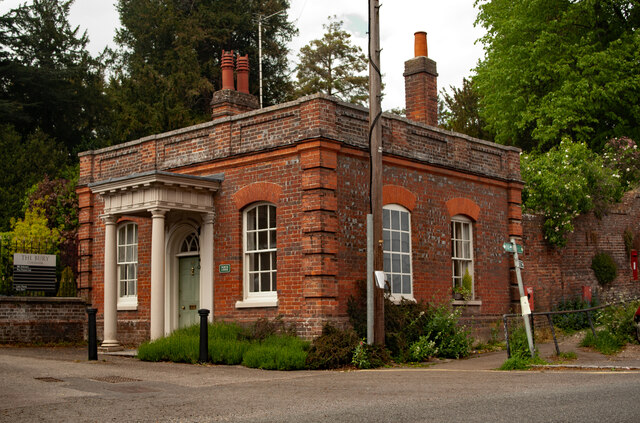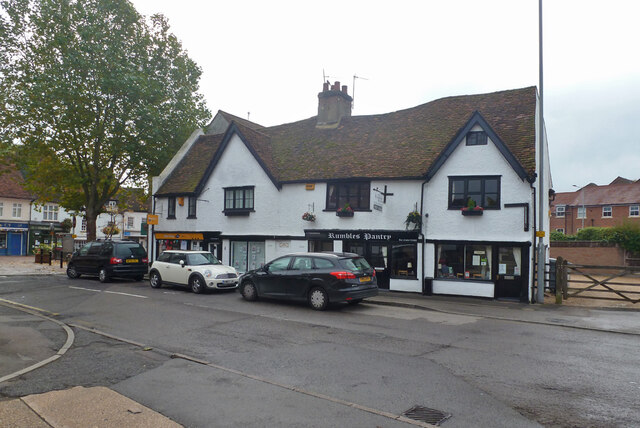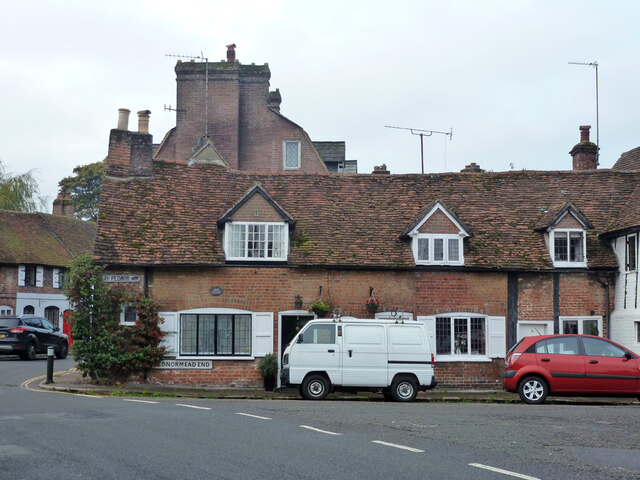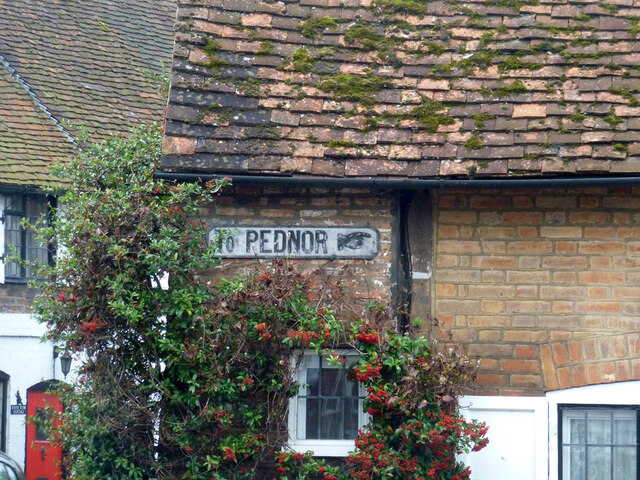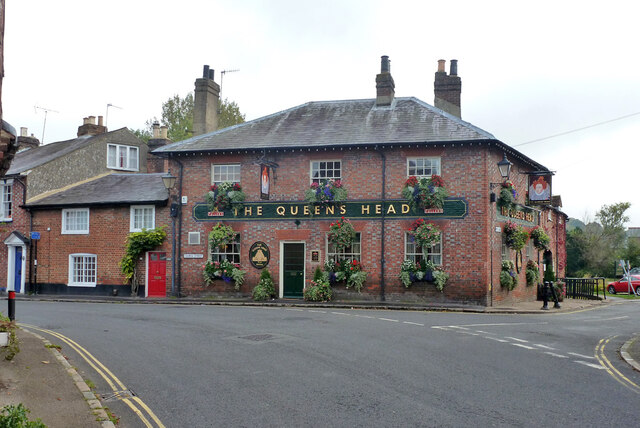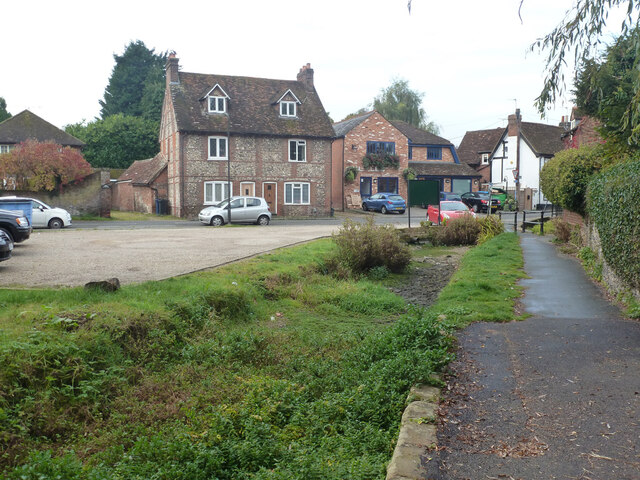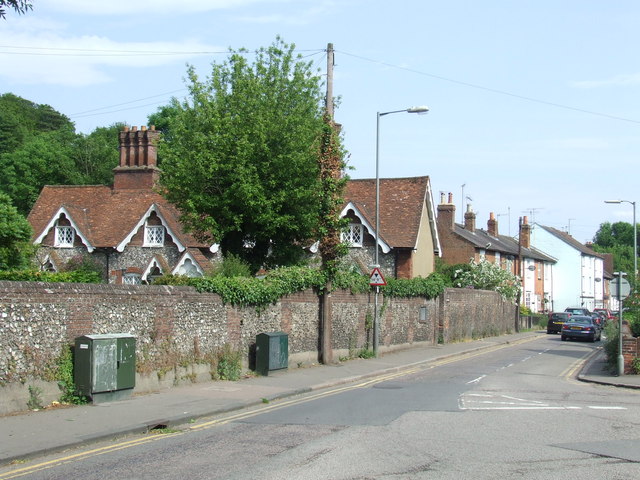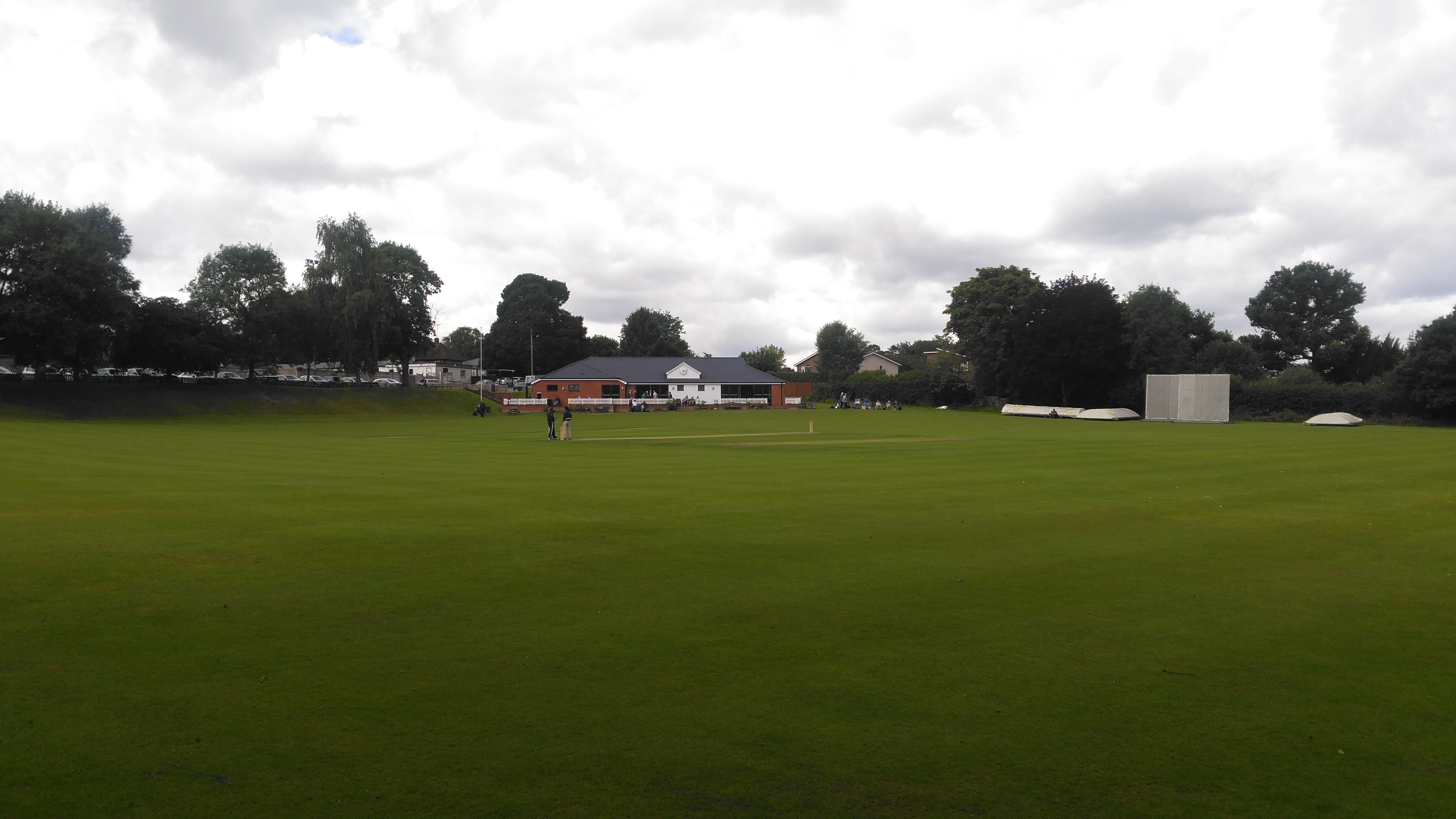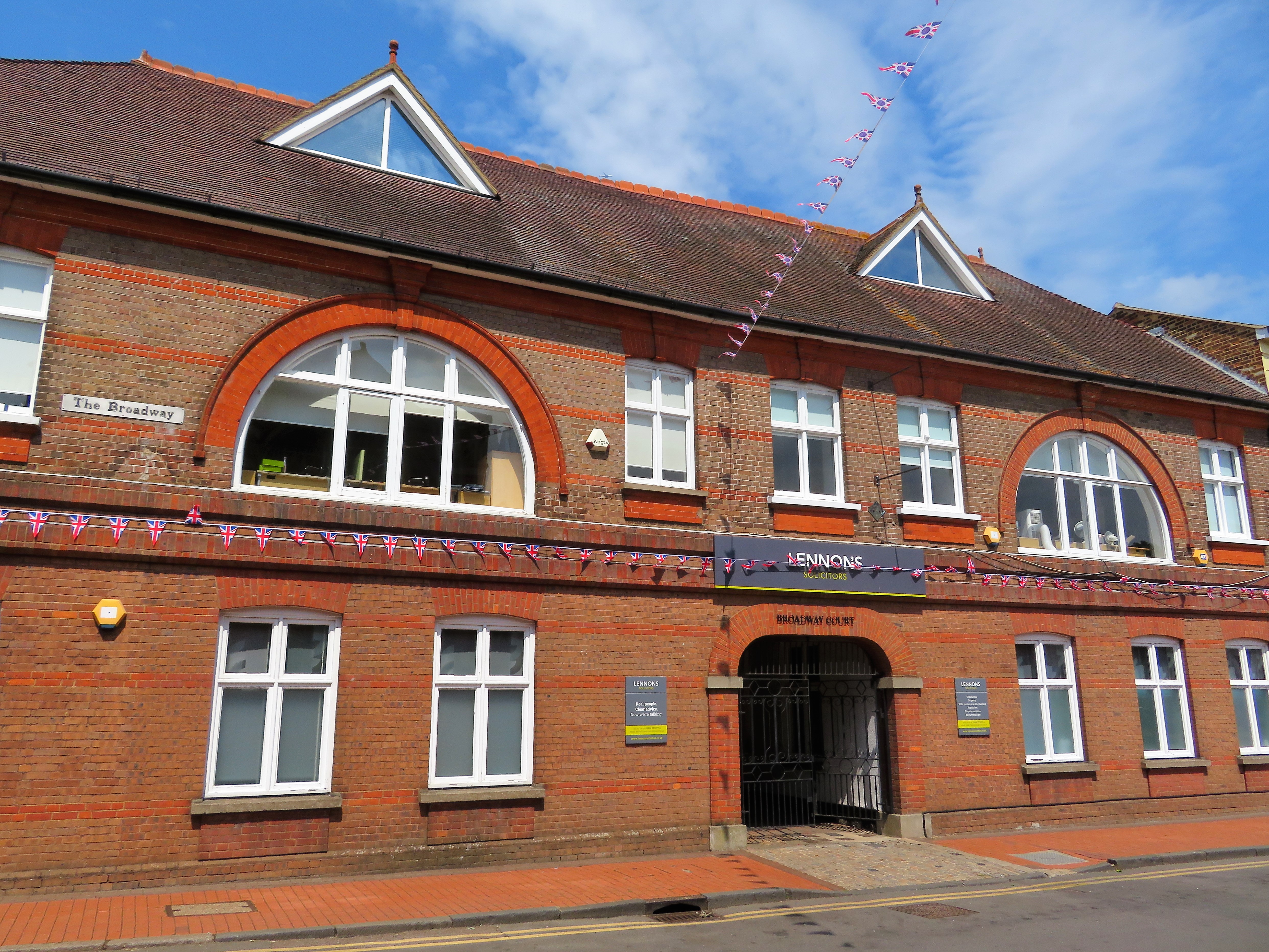Aldridge's Dell
Corrie (Glacial Valley) in Buckinghamshire
England
Aldridge's Dell
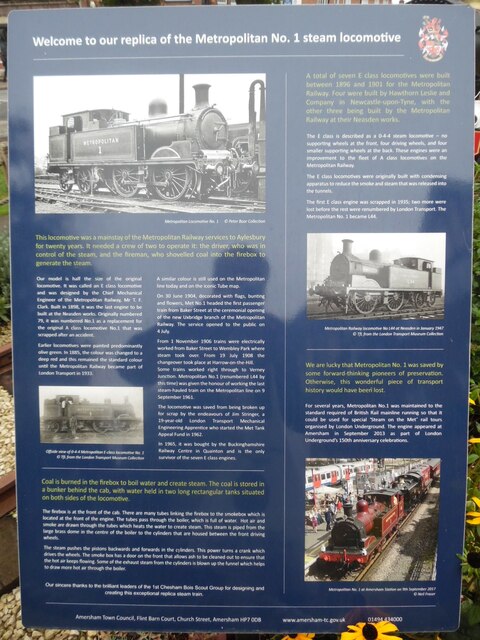
Aldridge's Dell, also known as Corrie or Glacial Valley, is a picturesque area located in Buckinghamshire, England. Nestled in the Chiltern Hills, this natural wonder is known for its breathtaking beauty and unique geological features.
Formed during the last Ice Age, Aldridge's Dell is a classic example of a corrie, which is a glacially eroded hollow in a mountainous region. The dell is characterized by its steep, U-shaped valley with a gently sloping floor. It is surrounded by towering hills and cliffs, creating a stunning backdrop for visitors.
The site attracts nature enthusiasts, hikers, and photographers who are captivated by its serene atmosphere and abundant wildlife. The dell is covered in lush vegetation, including a variety of trees, plants, and wildflowers. It is home to numerous bird species, small mammals, and insects, providing a haven for biodiversity.
Aldridge's Dell is also renowned for its tranquil stream that meanders through the valley. The crystal-clear water flows gently over pebbles, creating a soothing soundtrack for visitors. The stream adds to the dell's charm and provides a refreshing spot for visitors to relax and unwind.
The dell is easily accessible, with well-maintained footpaths leading visitors through the valley and up to the surrounding hills. It offers breathtaking views from various vantage points, allowing visitors to appreciate the natural beauty of the area.
A visit to Aldridge's Dell is a must for nature lovers seeking a peaceful retreat and a chance to immerse themselves in the wonders of Buckinghamshire's glacial history.
If you have any feedback on the listing, please let us know in the comments section below.
Aldridge's Dell Images
Images are sourced within 2km of 51.693571/-0.6097654 or Grid Reference SP9600. Thanks to Geograph Open Source API. All images are credited.

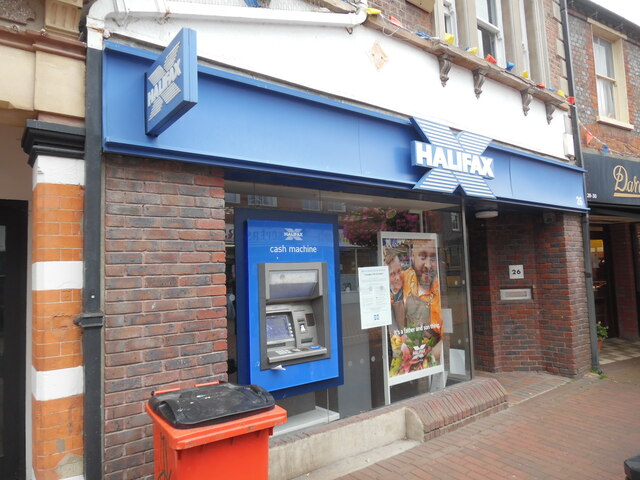

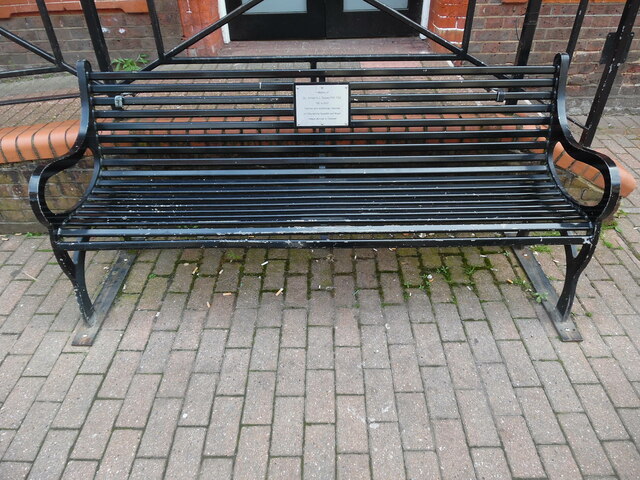
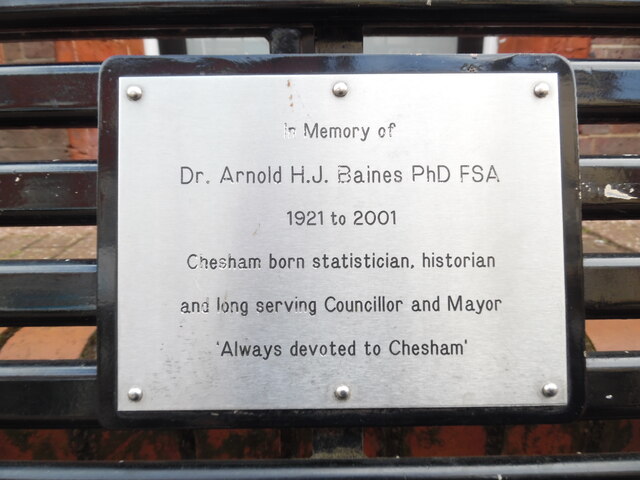
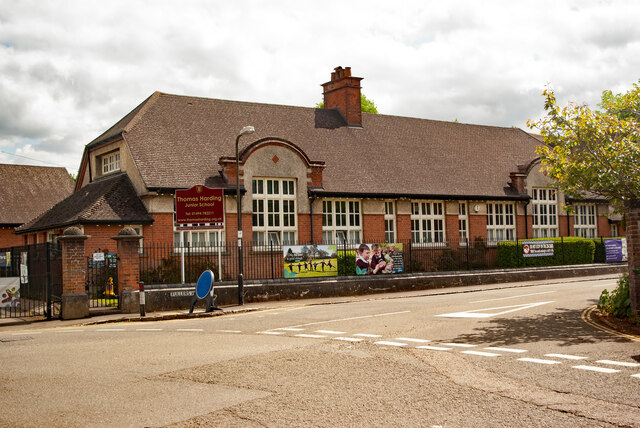
Aldridge's Dell is located at Grid Ref: SP9600 (Lat: 51.693571, Lng: -0.6097654)
Unitary Authority: Buckinghamshire
Police Authority: Thames Valley
What 3 Words
///rear.congratulations.laying. Near Chesham, Buckinghamshire
Nearby Locations
Related Wikis
Chesham and Amersham (UK Parliament constituency)
Chesham and Amersham () is a parliamentary constituency in Buckinghamshire, South East England, represented in the House of Commons by Sarah Green, a Liberal...
Waterside, Buckinghamshire
Waterside is a hamlet in the parish of Chesham, in Buckinghamshire, England. It is located in the town itself. Historically the name referred to the group...
Chesham United F.C.
Chesham United Football Club is a semi-professional football club in Chesham, Buckinghamshire, England. Nicknamed "the Generals", they are currently members...
Aylesbury United F.C.
Aylesbury United Football Club is a football club based in Chesham, Buckinghamshire, England. They are currently members of Division One Central of the...
Amy Lane
Amy Lane, also known as The Meadow, is a cricket ground in Chesham, Buckinghamshire. The first recorded match on the ground was in 1907, Buckinghamshire...
Chesham Bois
Chesham Bois (traditionally , but now more commonly ) is a village in the Chiltern Hills, in Buckinghamshire, England, adjacent to both Amersham and Chesham...
Chesham Urban District
The town of Chesham formed a local government district in the administrative county of Buckinghamshire, England from 1884 to 1974. It was administered...
Chesham Museum
Chesham Museum is based in Chesham, Buckinghamshire, England. The museum, which is run by volunteers, first opened in 2004 housed in temporary premises...
Nearby Amenities
Located within 500m of 51.693571,-0.6097654Have you been to Aldridge's Dell?
Leave your review of Aldridge's Dell below (or comments, questions and feedback).

